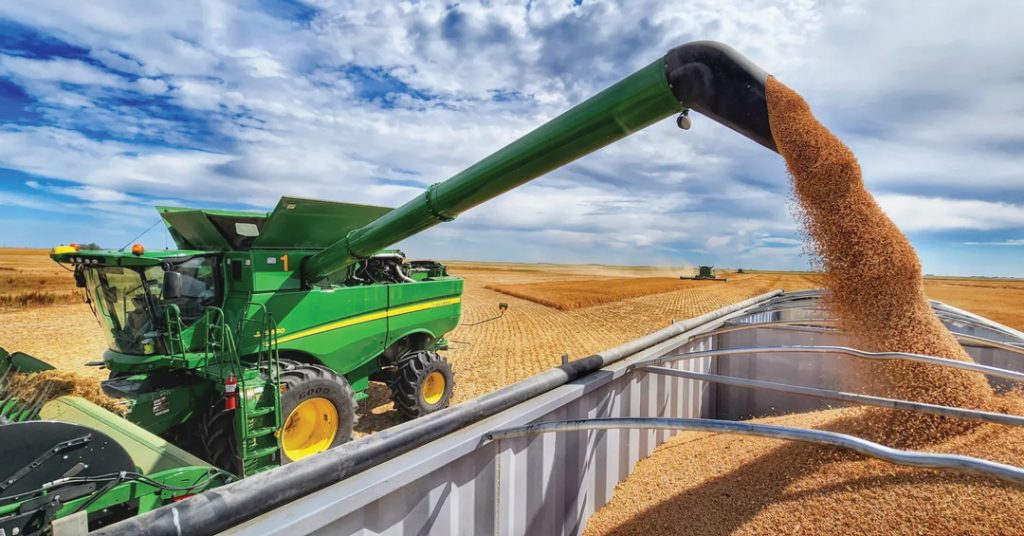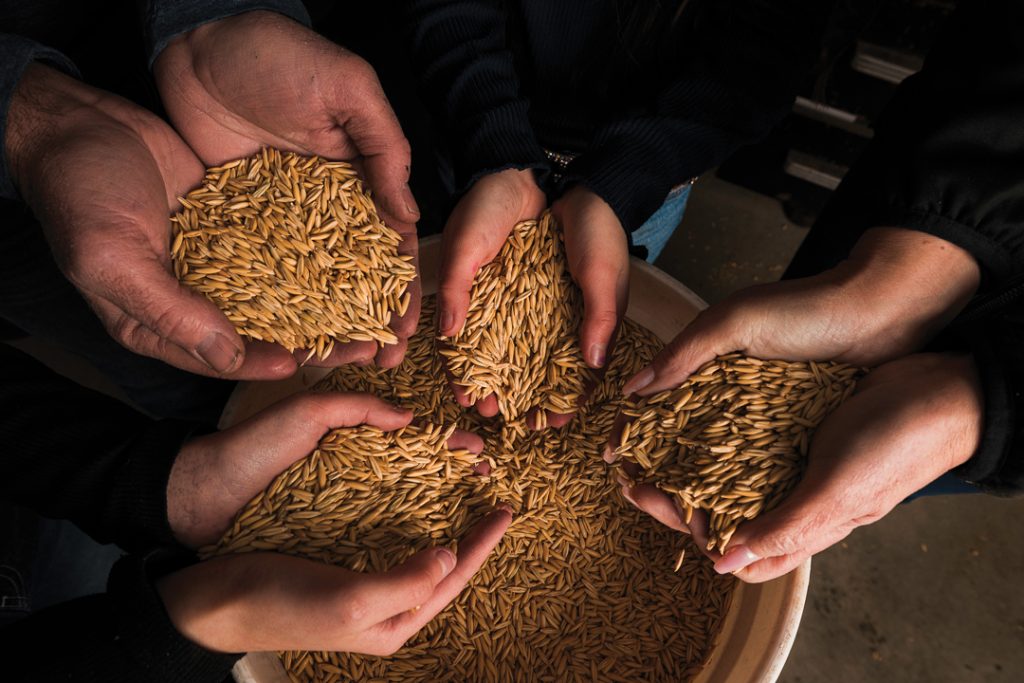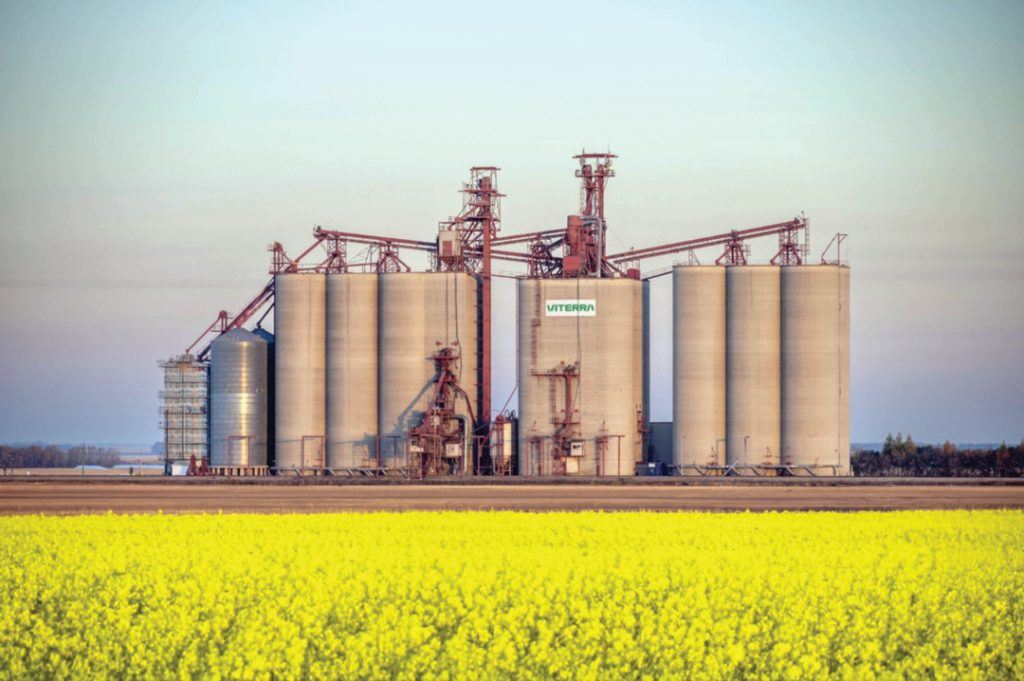LET’S SET THE STANDARD TOGETHER
The Canadian agriculture sector understands the care and effort it takes to produce high-quality crops. We know this commitment is what sets Canadian malting barley apart. As sustainability becomes a top priority for end-users, Canada is uniquely positioned to meet these demands thanks to the stewardship and innovation of our farmers.













